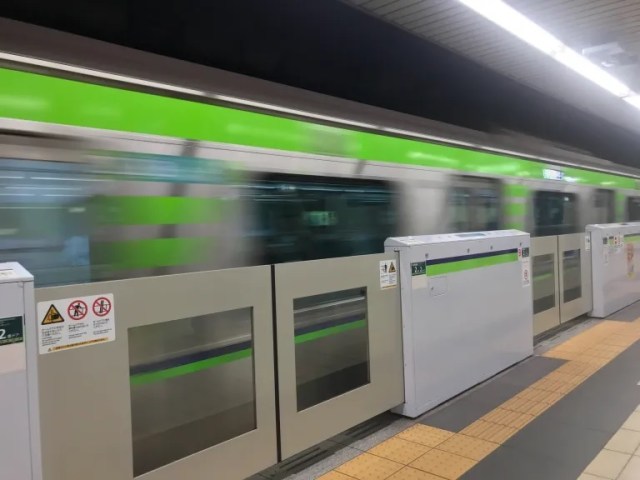
A Tokyo subway commute daydream turns into a ride to the end of the line.
In Japan, the in-station announcements for departing trains identify them by the last station they’ll be stopping at, which usually means the last stop of the line. For example, every workday morning our Japanese-language reporter Mariko Ohanabatake gets on a Toei Shinjuku Line subway train that the announcement says is “bound for Hashimoto,” but she always gets off way before that, at Shinjuku-sanchome Station, the downtown stop that’s closest to SoraNews24 HQ.
▼ 各駅 橋本 = Local train bound for Hashimoto, as seen on Mariko’s morning commute train
But after years of riding the for-Hashimoto train, Mariko couldn’t help asking herself a question: What’s Hashimoto like? So on a recent morning, Mariko opted out of working in the office to do some field work. Instead of getting off the train at Shinjuku-sanchome, she stayed on and kept riding it until the end of the line.
The next stop after Shinjuku-sanchome is Shinjuku Station, and after the Toei Shinjuku Line blends seamlessly into the Keio Sagamihara Line. That’s also the point where the line switches from subterranean to above-ground, and Mariko felt a joyous sense of liberation as her train broke free to the surface and natural sunlight filled the car.
Once you’re past Shinjuku Station, you’re beyond the Yamanote loop line that more-or-less marks the most congested part of downtown Tokyo. As the train continued on its southwestern route, Mariko started seeing fewer skyscrapers and more greenery, including a lovely view of the Tamagawa River a little before Keio Inadazutsumi Station.
▼ The river’s tranquil waters formed a mirror, reflecting the clouds of the autumn sky.
Smaller neighborhoods mean smaller crowds, and with Mariko now heading opposite the direction of the morning commuting rush, there were plenty of empty seats on her train, a surreal change from the packed conditions she usually sees it under on her way to work.
With a spot to sit, warm sunshine, and the rhythmic rocking of the rails, Mariko was unable to resist indulging in one of Japan’s most restorative of pastimes: the train nap.
Waking up a while later, but still far from her destination, Mariko began to envision what Hashimoto Station would be like. Considering how the scenery outside was becoming less and less urban the farther she got away from Tokyo, she imagined that it must get positively bucolic by the time you’re in Hashimoto.
As Mariko started to get close to the end of the line, though, something she hadn’t expected happened.
The stations started gradually getting bigger, and the number of passengers getting on the train increased too.
Looking out the windows, she started seeing more multi-story apartment complexes and shopping centers, and when she finally got to Hashimoto Station, it was a modern, well-equipped facility.
Inside the station building there’s a 7-Eleven, a capsule toy shop…
…a 3 Coins 300 yen shop…
…a bookstore…
…and even a mini satellite shop for the Keio department store.
Outside the station were even more shops and restaurants, with branches of Uniqlo and Mujirushi, 100 yen shop Seria, and cafes like Dotour and Starbucks.
Mariko hadn’t been expecting this, but it’s actually very much in keeping with how Japanese cityscapes have developed. Geographically speaking, train/subway lines are just narrow lines, but the way they influence development is actually a series of circles, with the stations along the way at their centers.
Because of the announcements she hears on her morning commutes, Mariko had always thought of Hashimoto Station as the end of the Toei Shinjuku/Keio Sagamihara Line. However, Hashimoto Station is also part of the JR Yokohama and JR Sagami Lines. That means that not only can you take the train from Hashimoto to Shinjuku without transferring, you can take it to Yokohama Station, in the center of Japan’s second-largest city, without transferring too, and the JR Sagami Line also runs through Atsugi and Ebina, two of the larger cities in Kanagawa Prefecture, Tokyo’s neighbor to the south/west.
It’s around 50 minutes from Hashimoto to Shinjuku, and only 40 to Yokohama. With “about an hour” being considered a reasonable commute by most Japanese people, that makes Hashimoto a viable place to live for people working/going to school in the two biggest cities in the country. Hashimoto’s out-of-the-way, end-of-the-line position means it might not attract enough visitors for flashy entertainment options, but the commuter access means it does have enough residents to support plenty of everyday necessity shops and reasonably priced restaurants/takeout places, all with lower housing costs than neighborhoods closer to central Tokyo or Yokohama.
So in the end, Hashimoto wasn’t the isolated-in-the-countryside sort of station that Mariko had been fantasizing about, but it’s actually a pretty decent place to live in the real world.
Photos © SoraNews24
● Want to hear about SoraNews24’s latest articles as soon as they’re published? Follow us on Facebook and Twitter!
[ Read in Japanese ]


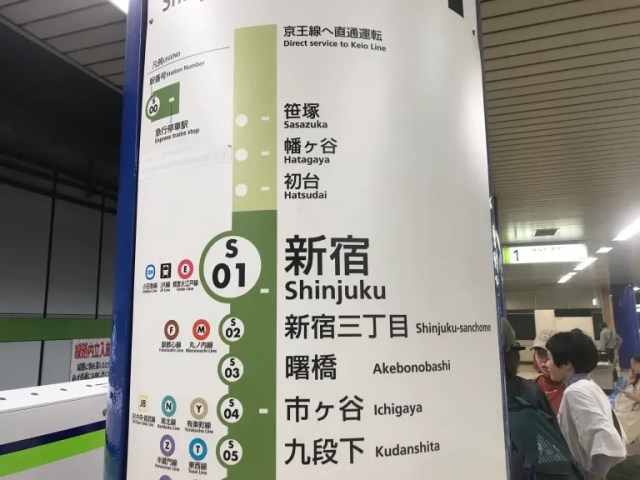
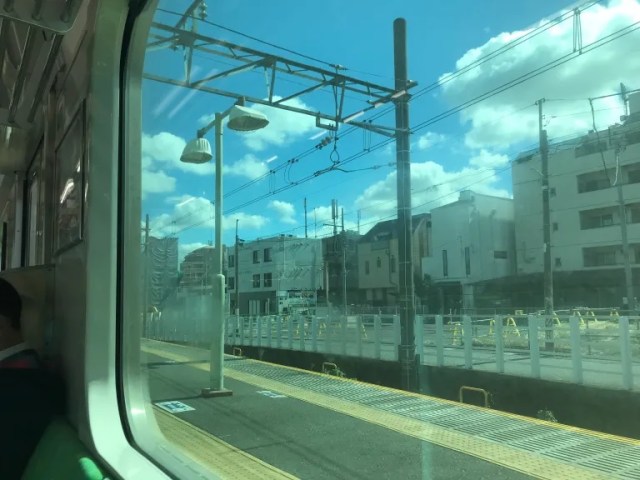
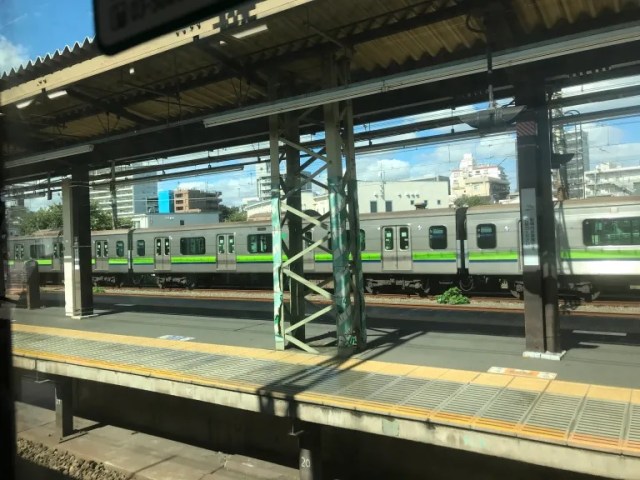
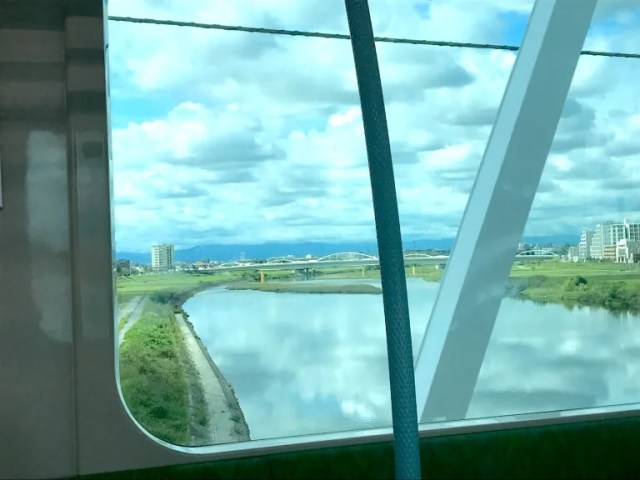
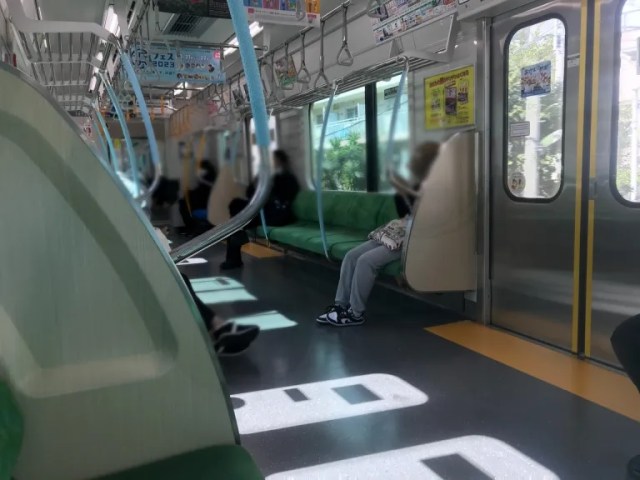

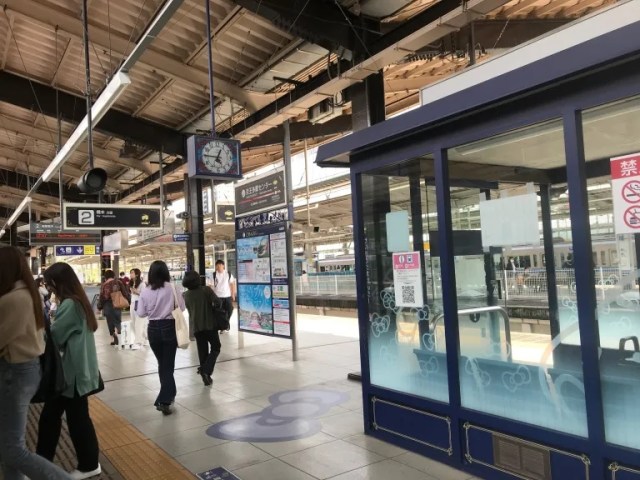
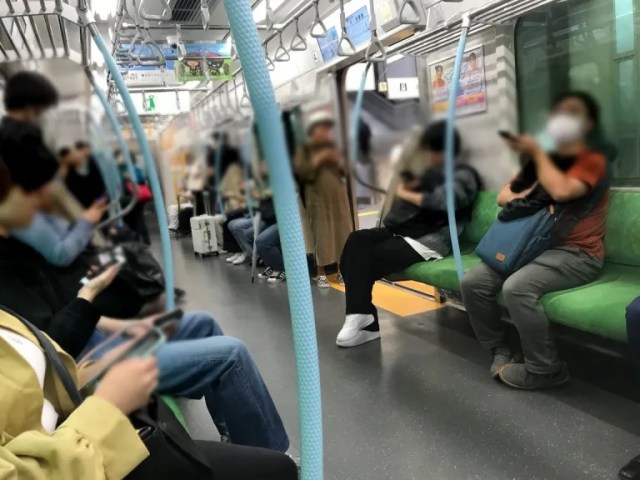
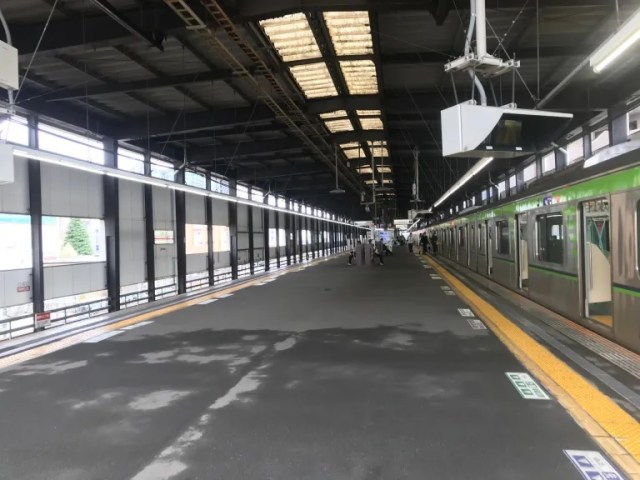
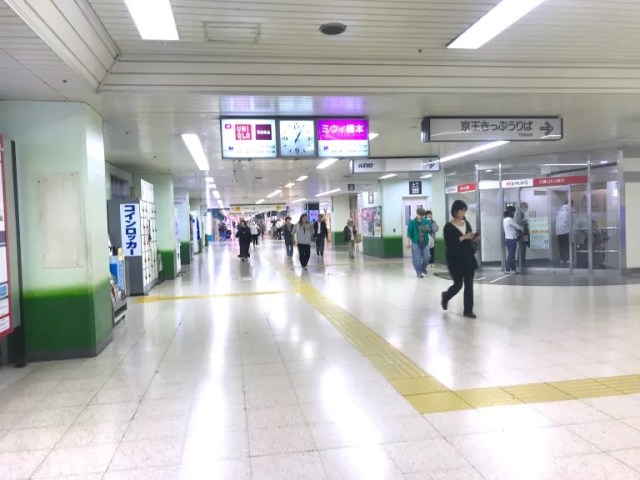
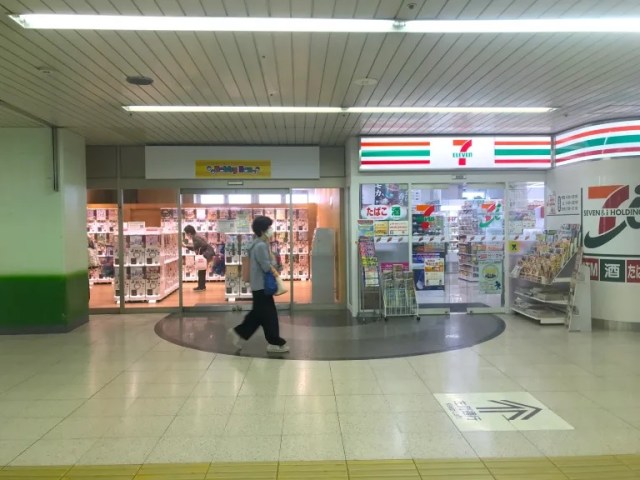

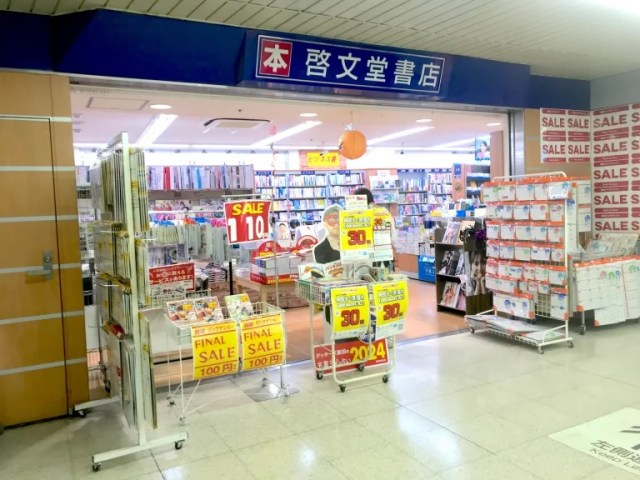

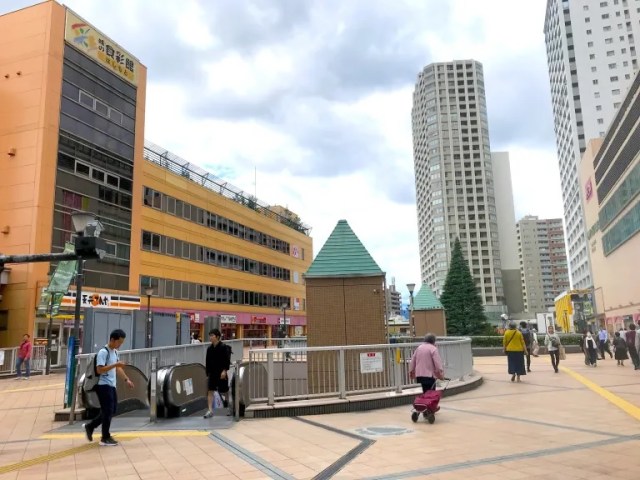
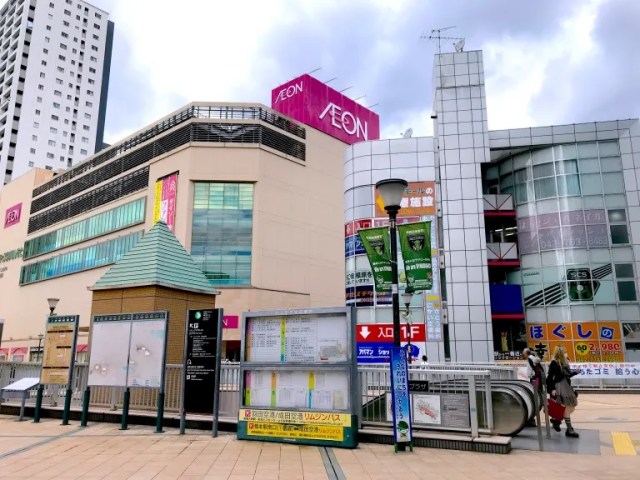
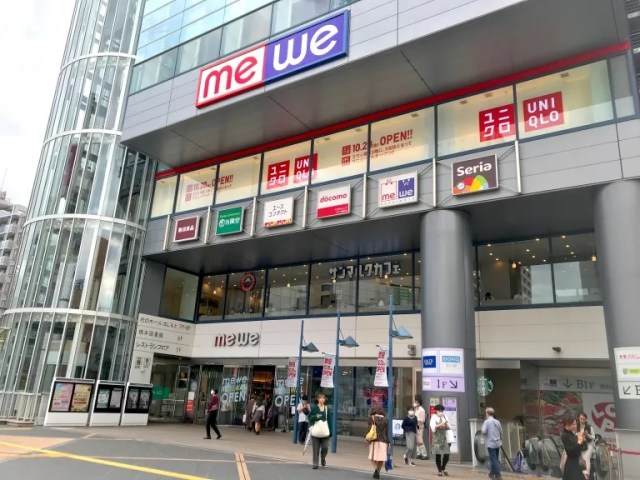
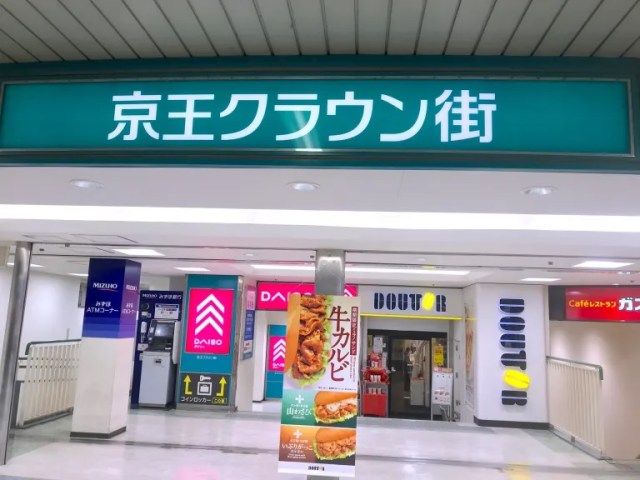
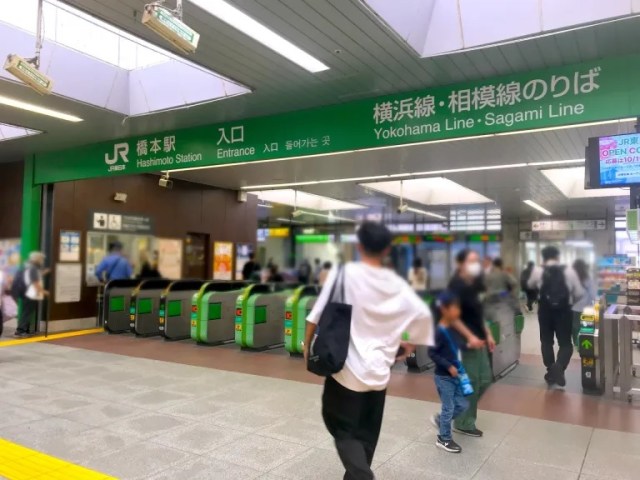
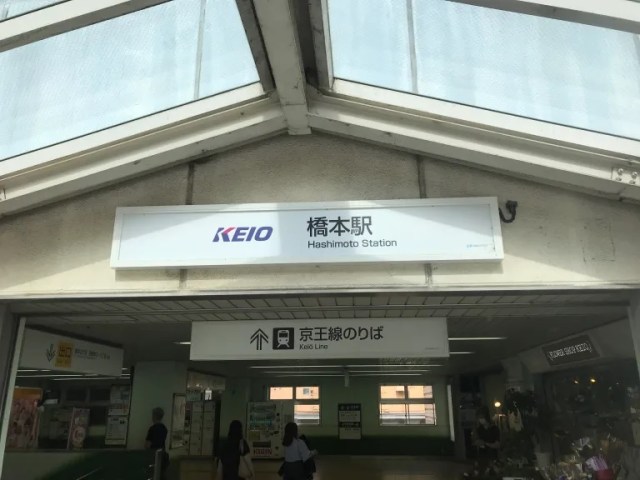
 What’s it like traversing Tokyo using only wheelchair accessible routes?
What’s it like traversing Tokyo using only wheelchair accessible routes? Reports of the death of Tokyo’s Daikanyama neighborhood have been greatly exaggerated
Reports of the death of Tokyo’s Daikanyama neighborhood have been greatly exaggerated Soup curry and onigiri for breakfast at a super tasty semi-secret spot in Tokyo’s Shinjuku
Soup curry and onigiri for breakfast at a super tasty semi-secret spot in Tokyo’s Shinjuku What’s the best part of Tokyo to live in, and why? Survey gives the top six picks
What’s the best part of Tokyo to live in, and why? Survey gives the top six picks Tokyo Metro adds platform display showing where least crowded parts of the next train will be
Tokyo Metro adds platform display showing where least crowded parts of the next train will be Japan’s new difficult-to-drink-from beer glass protects your liver, but it’s a brutal experience
Japan’s new difficult-to-drink-from beer glass protects your liver, but it’s a brutal experience Demon Slayer: Kimetsu no Yaiba gets new roller coaster attractions and food at Universal Studios Japan
Demon Slayer: Kimetsu no Yaiba gets new roller coaster attractions and food at Universal Studios Japan How to order snacks on a Shinkansen bullet train in Japan
How to order snacks on a Shinkansen bullet train in Japan Burger King Japan suddenly adds Dr. Pepper and Dr. Pepper floats to its menu nationwide
Burger King Japan suddenly adds Dr. Pepper and Dr. Pepper floats to its menu nationwide New Pokémon ice cream, dessert drinks, and cool merch coming to Baskin-Robbins Japan【Pics】
New Pokémon ice cream, dessert drinks, and cool merch coming to Baskin-Robbins Japan【Pics】 Caffeinated ramen for gamers that you can eat with one hand going on sale in Japan
Caffeinated ramen for gamers that you can eat with one hand going on sale in Japan New samurai glasses are Japan’s latest weird must-have souvenir
New samurai glasses are Japan’s latest weird must-have souvenir McDonald’s adds new watermelon frappe and fruity macaron to its menu in Japan
McDonald’s adds new watermelon frappe and fruity macaron to its menu in Japan Princesses, fruits, and blacksmiths: Study reveals the 30 most unusual family names in Japan
Princesses, fruits, and blacksmiths: Study reveals the 30 most unusual family names in Japan We check out the local flavors of the commonly confused Ome and Aomi areas of Tokyo in one day
We check out the local flavors of the commonly confused Ome and Aomi areas of Tokyo in one day Nintendo history you can feel – Super NES, N64, and GameCube controllers become capsule toys
Nintendo history you can feel – Super NES, N64, and GameCube controllers become capsule toys Hello, cosmetics! Clinique teams up with Hello Kitty this summer for first-time collaboration
Hello, cosmetics! Clinique teams up with Hello Kitty this summer for first-time collaboration “The most Delicious Cup Noodle in history” – Japan’s French Cup Noodle wins our heart【Taste test】
“The most Delicious Cup Noodle in history” – Japan’s French Cup Noodle wins our heart【Taste test】 Starbucks releases a cute Frappuccino and Unicorn Cake…but not in Japan
Starbucks releases a cute Frappuccino and Unicorn Cake…but not in Japan Kyoto Tower mascot termination reveals dark side behind cute Japanese characters
Kyoto Tower mascot termination reveals dark side behind cute Japanese characters McDonald’s Japan’s Soft Twist Tower: A phantom ice cream only sold at select branches
McDonald’s Japan’s Soft Twist Tower: A phantom ice cream only sold at select branches Yabai Ramen: What makes this Japanese ramen so dangerous?
Yabai Ramen: What makes this Japanese ramen so dangerous? Finally! Nintendo Japan expands Switch 8-bit controller sales to everybody, Online member or not
Finally! Nintendo Japan expands Switch 8-bit controller sales to everybody, Online member or not Japanese government wants to build luxury resorts in all national parks for foreign tourists
Japanese government wants to build luxury resorts in all national parks for foreign tourists To combat declining birth rate, Japan to begin offering “Breeding Visas” to foreigners
To combat declining birth rate, Japan to begin offering “Breeding Visas” to foreigners 10 things you should buy at 7-Eleven in Japan
10 things you should buy at 7-Eleven in Japan Studio Ghibli releases anime heroine cosplay dresses that are super comfy to wear
Studio Ghibli releases anime heroine cosplay dresses that are super comfy to wear Woman charged for driving suitcase without a license in Osaka
Woman charged for driving suitcase without a license in Osaka Studio Ghibli unveils My Neighbour Totoro miniature house model
Studio Ghibli unveils My Neighbour Totoro miniature house model Kyoto experiencing problems with foreign tourists not paying for bus fares, but not on purpose
Kyoto experiencing problems with foreign tourists not paying for bus fares, but not on purpose Fighting mild hunger with a Japanese soda that turns into jelly in the stomach【Taste test】
Fighting mild hunger with a Japanese soda that turns into jelly in the stomach【Taste test】 Studio Ghibli’s Howl’s Moving Castle tapestry unveiled in Japan for first time
Studio Ghibli’s Howl’s Moving Castle tapestry unveiled in Japan for first time McDonald’s new Happy Meals offer up cute and practical Sanrio lifestyle goods
McDonald’s new Happy Meals offer up cute and practical Sanrio lifestyle goods Sales of Japan’s most convenient train ticket/shopping payment cards suspended indefinitely
Sales of Japan’s most convenient train ticket/shopping payment cards suspended indefinitely Sold-out Studio Ghibli desktop humidifiers are back so Totoro can help you through the dry season
Sold-out Studio Ghibli desktop humidifiers are back so Totoro can help you through the dry season Japanese government to make first change to romanization spelling rules since the 1950s
Japanese government to make first change to romanization spelling rules since the 1950s Foreigner’s request for help in Tokyo makes us sad for the state of society
Foreigner’s request for help in Tokyo makes us sad for the state of society Ghibli founders Toshio Suzuki and Hayao Miyazaki contribute to Japanese whisky Totoro label design
Ghibli founders Toshio Suzuki and Hayao Miyazaki contribute to Japanese whisky Totoro label design Doraemon found buried at sea as scene from 1993 anime becomes real life【Photos】
Doraemon found buried at sea as scene from 1993 anime becomes real life【Photos】 Tokyo’s most famous Starbucks is closed
Tokyo’s most famous Starbucks is closed A visit to T-CAT, Tokyo’s often forgotten City Air Terminal【Photos】
A visit to T-CAT, Tokyo’s often forgotten City Air Terminal【Photos】 We get a rare whiff of the corpse flower, a.k.a. the world’s stinkiest flower, in Tokyo botanical garden
We get a rare whiff of the corpse flower, a.k.a. the world’s stinkiest flower, in Tokyo botanical garden Using Tokyo’s Tadaima Plus campaign is cheaper than calling a late-night taxi
Using Tokyo’s Tadaima Plus campaign is cheaper than calling a late-night taxi Should you get up early to see the sakura cherry blossoms in Tokyo?
Should you get up early to see the sakura cherry blossoms in Tokyo? 11 cheapest Tokyo neighborhoods to rent an apartment in show living here’s not an impossible dream
11 cheapest Tokyo neighborhoods to rent an apartment in show living here’s not an impossible dream Commuter chaos around Tokyo during peak hour after Typhoon Trami hits Japan 【Pics & Video】
Commuter chaos around Tokyo during peak hour after Typhoon Trami hits Japan 【Pics & Video】 On-warabimochi: A delicious Japanese dessert you should only eat with people who already love you
On-warabimochi: A delicious Japanese dessert you should only eat with people who already love you Taste the floor of a Japanese train station with new limited-edition chocolates from Tokyo Metro
Taste the floor of a Japanese train station with new limited-edition chocolates from Tokyo Metro We book a night in a bookshelf at Book and Bed in Shinjuku
We book a night in a bookshelf at Book and Bed in Shinjuku One of Tokyo’s busiest subway lines is adding women-only cars
One of Tokyo’s busiest subway lines is adding women-only cars Idol draws such massive crowds at Tokyo college that police can’t guarantee safety【Video】
Idol draws such massive crowds at Tokyo college that police can’t guarantee safety【Video】 These are the 11 most crowded trains in Japan…and surprise! They’re all in the Tokyo area
These are the 11 most crowded trains in Japan…and surprise! They’re all in the Tokyo area Japanese convenience store or Japanese supermarket: Which one is cheaper?
Japanese convenience store or Japanese supermarket: Which one is cheaper? BonAppetour startup lets you cook and dine with Tokyo locals in their homes
BonAppetour startup lets you cook and dine with Tokyo locals in their homes Kanna Hashimoto wins Guinness World Record for getting tissues really fast
Kanna Hashimoto wins Guinness World Record for getting tissues really fast
Leave a Reply